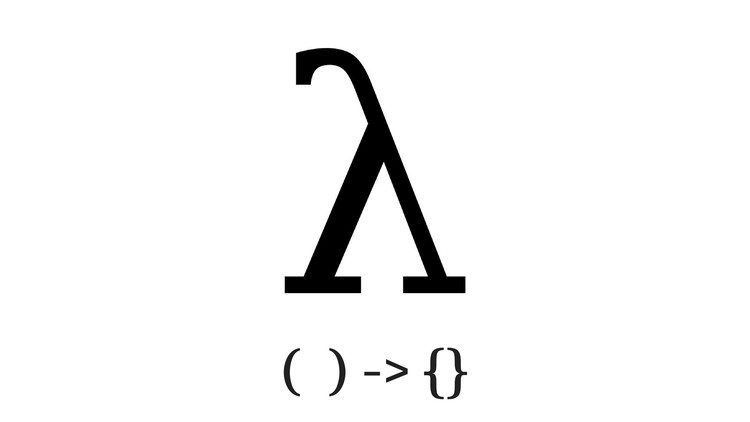
Function
- Function作为一个函数式接口,主要方法apply接受一个参数,返回一个值
1
2
3
4
5
6
7
8
9
10
11
@FunctionalInterface
public interface Function<T, R> {
/**
* Applies this function to the given argument.
*
* @param t the function argument
* @return the function result
*/
R apply(T t);
}
这里需要注意的是定义的范型,这个接口中声明了2个类型,其中T为方法参数类型,R为方法返回类型
同时该接口包含了2个default方法,用来对函数进行组合
1
2
3
4
5
6
7
8
9
10
11
<!--这个方法用来组合一个函数,被组合的函数先执行,-->
default <V> Function<V, R> compose(Function<? super V, ? extends T> before) {
Objects.requireNonNull(before);
return (V v) -> apply(before.apply(v));
}
<!--同样这也用来组合一个函数,区别在于被组合的函数后执行-->
default <V> Function<T, V> andThen(Function<? super R, ? extends V> after) {
Objects.requireNonNull(after);
return (T t) -> after.apply(apply(t));
}
- 使用
上面的例子中声明了2个函数f1和f2,分别使用不同的组合方法。
1 | @Test |
BiFunction
BiFunction也是一个函数式接口,和Function接口不同的是,它在接口中声明了3个泛型,其中前两个作为方法参数类型,最后一个作为返回类型
1
2
3
4
5
6
7
8
9
10
11
12@FunctionalInterface
public interface BiFunction<T, U, R> {
/**
* Applies this function to the given arguments.
*
* @param t the first function argument
* @param u the second function argument
* @return the function result
*/
R apply(T t, U u);
}同时在BiFunction接口中定义了一个default方法
andThen,用来与Function函数进行组合使用
定义一个函数实现,然后对BiFunction和Function进行组合
1
2
3
4
5
6
7
8@Test
public void test() {
BiFunction<String, String, String> f1 = (x,y) -> "world " + x + y;
Function<String, String> f2 = (x) -> "hello " + x;
System.out.println(f1.apply("zhang", "san"));
System.out.println(f1.andThen(f2).apply("li", "si"));
}
其它函数式接口
在理解了Function接口之后再去理解这些函数接口道理都是一样的,主要区别在于接口声明中范型的的用法
Supplier
这个接口用来生产一个T类型的对象
1 | @FunctionalInterface |
Consumer
这个接口用来消费一个对象,无返回
1 | @FunctionalInterface |
Predicate
这个接口用来测试一个对象,返回值为一个boolean类型
1 | @FunctionalInterface |





